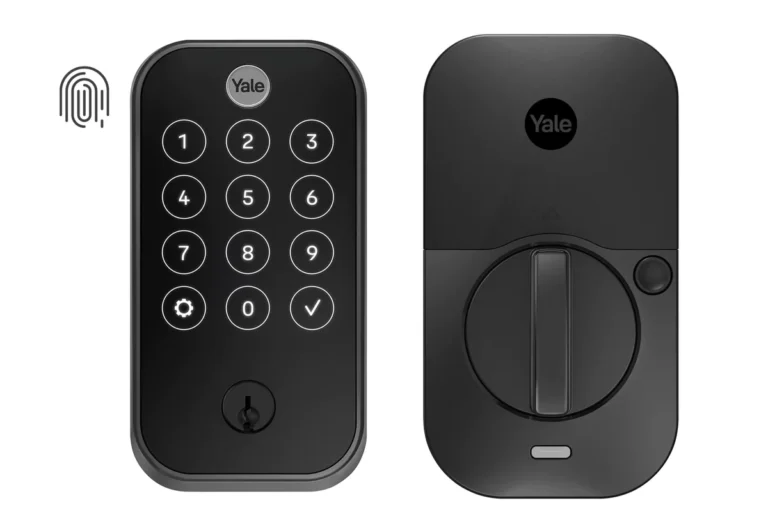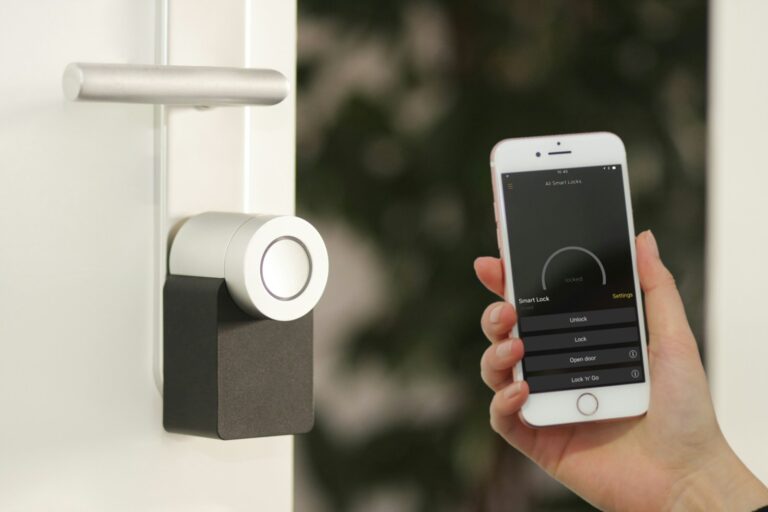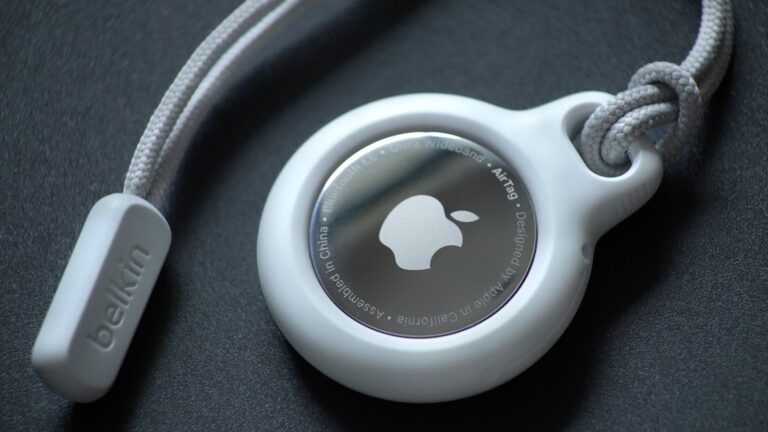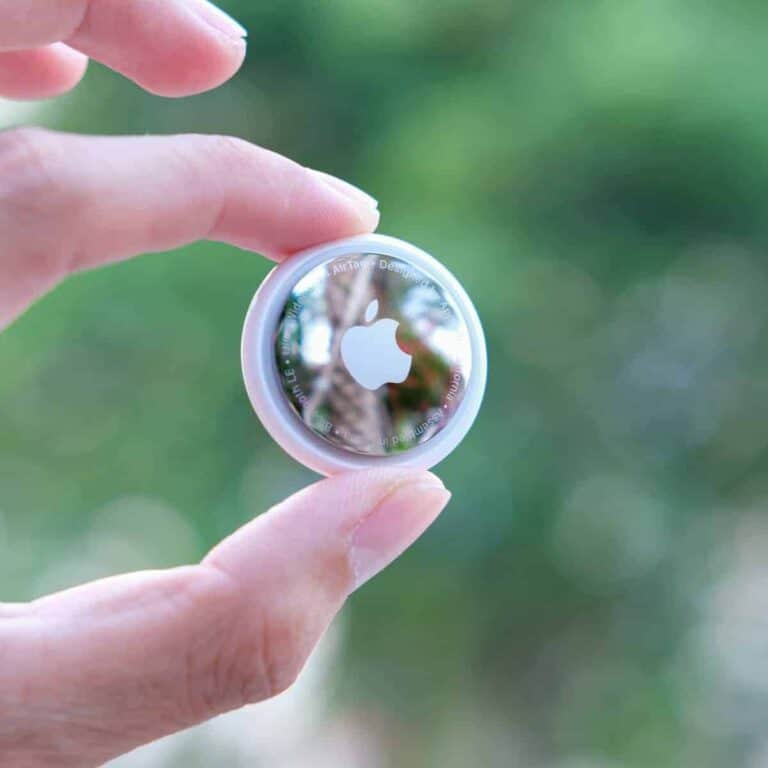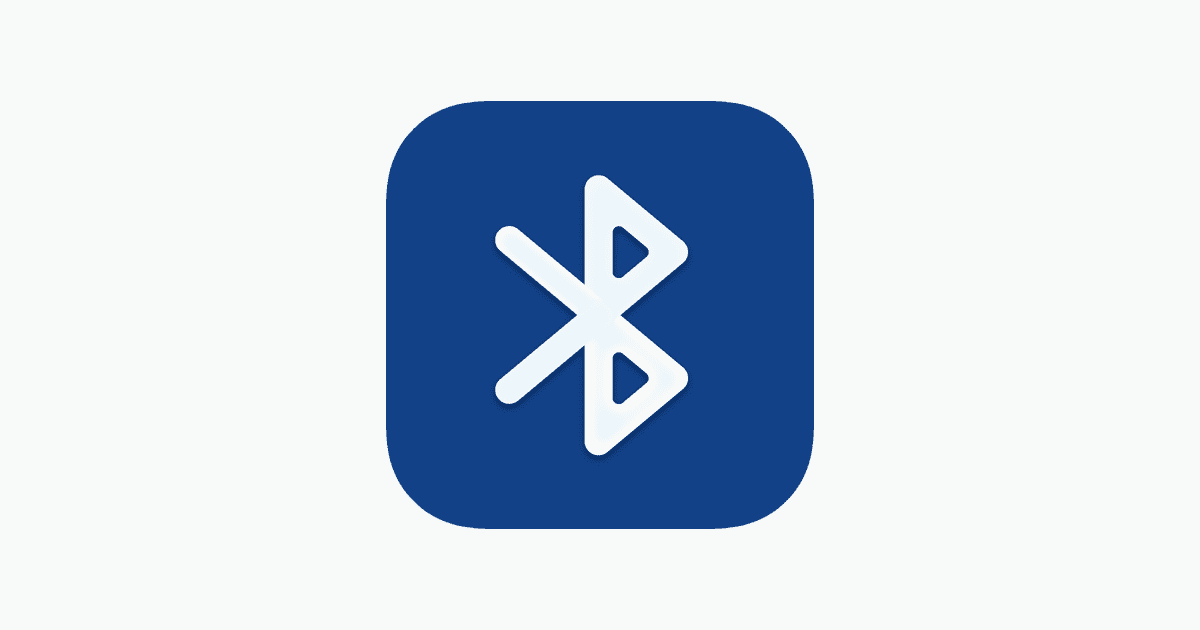
When it comes to Bluetooth audio, the codecs used for transmission play a crucial role in determining sound quality. SBC (Subband Coding) and AAC (Advanced Audio Coding) are two common codecs you’ll encounter when using wireless headphones or speakers. AAC provides higher audio clarity and richness compared to SBC, which offers only basic sound quality suitable for casual listening.
If you’ve ever wondered why your music sounds different across various devices, the codec might be the reason. SBC is the default Bluetooth codec that all devices support, but it’s single-handedly responsible for Bluetooth’s terrible sound quality reputation. Meanwhile, AAC performs exceptionally well on Apple devices, despite SBC offering slightly better theoretical specifications in terms of sampling rate and maximum bit rate.
The difference becomes noticeable when you’re listening to complex music with subtle details. AAC uses a more sophisticated compression method than SBC, resulting in better handling of high frequencies with relatively lower noise. This distinction matters whether you’re a casual listener or an audiophile seeking the best wireless audio experience.
SBC vs AAC
When you listen to music wirelessly through Bluetooth headphones or earbuds, the audio is compressed and transmitted using a codec. Two of the most widely used codecs are SBC (Subband Coding) and AAC (Advanced Audio Coding).
This guide breaks down the differences, pros, and cons of each so you can choose the best option for your devices.
🔎 What Are SBC and AAC?
- SBC (Subband Coding)
- The default, mandatory codec for all Bluetooth audio devices.
- Ensures universal compatibility, but prioritizes stability over sound quality.
- Lower efficiency compared to more advanced codecs.
- AAC (Advanced Audio Coding)
- A more advanced codec developed by Apple, widely used in iPhones, iPads, Macs, and Apple Music.
- Offers better audio quality at similar bitrates compared to SBC, but can be less efficient on non-Apple devices.
📊 SBC vs AAC: Side-by-Side Comparison
| Feature | SBC | AAC |
|---|---|---|
| Compatibility | Universal (all Bluetooth devices support it) | Best on Apple devices; mixed performance on Android |
| Audio Quality | Basic (lossy, lower clarity) | Higher quality, closer to CD-like sound |
| Bitrate Range | ~192–328 kbps | ~128–256 kbps (optimized for efficiency on Apple) |
| Latency | Higher (noticeable delay in gaming/videos) | Lower on Apple devices; variable on Android |
| Battery Efficiency | Decent, but less optimized | More efficient on Apple hardware; can drain faster on Android |
| Best Use Case | Maximum compatibility, budget headphones | Apple ecosystem, higher-quality music streaming |
👍 Strengths of SBC
- Works on every Bluetooth device.
- Stable and reliable connection.
- Fine for casual listening (podcasts, background music).
👍 Strengths of AAC
- Better sound quality than SBC, especially for music.
- Optimized for Apple devices (iPhone, iPad, Mac).
- Lower latency on Apple hardware → better for video and gaming.
⚠️ Limitations
- SBC: Lower fidelity, noticeable compression in detailed music.
- AAC: Performance depends on device; on some Android phones it can sound worse than SBC due to poor optimization.
✅ Which Should You Use?
- On Apple devices (iPhone, iPad, Mac) → AAC is the clear winner.
- On Android devices → SBC may sometimes be more stable unless your device supports aptX, LDAC, or LC3 (newer, higher-quality codecs).
- On budget or older headphones → SBC is usually the only option.
🔮 Future Outlook
- LC3 (Low Complexity Communication Codec), part of Bluetooth LE Audio, is expected to replace SBC in the coming years. It promises better quality at lower bitrates and universal support.
- Until then, AAC is best for Apple users, while Android users may prefer SBC or other advanced codecs like aptX or LDAC if supported.
🎵 Bottom Line
- SBC = Basic, universal, reliable.
- AAC = Better quality, especially for Apple users.
- Your choice depends on your device ecosystem and listening needs.
Key Takeaways
- AAC delivers superior sound quality on most devices, especially Apple products, despite SBC’s potentially better technical specifications.
- The codec your device uses significantly impacts your listening experience, with SBC providing basic quality and AAC offering enhanced clarity.
- Your choice of headphones and their codec compatibility is crucial for getting the best possible wireless audio quality.
Overview of Bluetooth Audio Codecs
Bluetooth audio codecs determine how your music gets transmitted from your device to your headphones or speakers. These digital translators significantly impact sound quality, latency, and battery life of your wireless audio experience.
Evolution of Bluetooth Codecs
Bluetooth audio has come a long way since its early days. The first widespread codec was SBC (Sub-band Coding), which became the mandatory standard for all Bluetooth audio devices. This ensured basic compatibility across devices but offered limited sound quality.
As consumer demand for better wireless audio grew, advanced codecs emerged. Apple developed AAC (Advanced Audio Coding) to improve sound quality for their devices. Qualcomm introduced aptX and later aptX HD to reduce latency and enhance audio fidelity.
Sony brought LDAC to the market, promising near CD-quality wireless transmission with higher bit rates and sampling frequencies. More recently, LC3 (Low Complexity Communication Codec) has emerged with LE Audio, offering better quality at lower bit rates while improving energy efficiency.
Each new generation of codecs has aimed to solve specific limitations in wireless audio transmission.
Understanding Codecs and Compression
Bluetooth codecs are essentially compression algorithms that package digital audio for wireless transmission. Think of them as different methods of squeezing music through the limited “pipe” of a Bluetooth connection.
When you play music, the original audio file must be compressed before transmission. The codec determines how this compression happens and significantly affects what you hear.
Some codecs use lossy compression, meaning they discard some audio data deemed less perceptible to human ears. Others use more sophisticated encoding algorithms that preserve more of the original sound.
The effectiveness of a codec depends on:
- Compression efficiency
- Processing power required
- Audio quality preservation
- Latency handling
Your device and headphones must both support the same codec to use it. If not, they’ll default to the basic SBC codec that all Bluetooth audio devices support.
Significance of Bit Rate and Sample Rate
Bit rate and sample rate are crucial metrics that directly impact your listening experience. Bit rate (measured in kbps) represents how much audio data is transmitted per second. Higher bit rates generally mean better audio quality.
SBC typically operates at 192-328 kbps, while AAC can reach up to 256 kbps. Premium codecs like LDAC can push data at rates up to 990 kbps, approaching CD-quality sound.
Sample rate (measured in kHz) indicates how many times per second the audio is sampled during digitization. Standard CD quality is 44.1kHz, meaning 44,100 samples per second.
The combination of these factors determines audio resolution and clarity. Higher values in both metrics generally produce better sound, but they also:
- Require more bandwidth
- Consume more battery power
- May introduce more latency
Your choice of codec should balance these considerations based on your listening preferences and device capabilities.
Comparative Analysis of SBC and AAC
Bluetooth audio codecs determine how your music travels wirelessly from your device to your headphones. SBC and AAC represent two common codec options with distinct differences in performance and device compatibility.
Sound Quality and Compression
SBC (Subband Coding) uses a simpler compression method that divides audio into multiple frequency bands. This older codec achieves bit rates up to 328 kbps, but the actual quality varies based on implementation. Many devices default to lower bit rates to preserve battery life.
AAC (Advanced Audio Coding) employs more sophisticated psychoacoustic modeling to deliver better sound at similar bit rates. While AAC technically has a lower maximum bit rate than SBC, it performs better in real-world testing, especially on Apple devices.
The difference in audio quality becomes noticeable in complex music with multiple instruments or vocal layers. AAC preserves more high-frequency details and offers cleaner bass reproduction with less compression artifacts.
Latency and Audio Sync
Latency—the delay between audio transmission and playback—affects your experience when watching videos or playing games.
SBC typically exhibits higher latency (around 170-270ms) which can create noticeable audio-video sync issues. This makes SBC less ideal for gaming or video content where precise timing matters.
AAC generally achieves lower latency (around 100-200ms) on compatible devices. This improved performance makes AAC a better choice for media consumption where audio sync is important.
The latency difference might not be obvious during music listening but becomes apparent when sound needs to match on-screen action. Some users report AAC sounding “slightly garbled” at higher volumes compared to SBC, suggesting potential quality trade-offs for the lower latency.
Compatibility and Support
Device compatibility often determines which codec delivers the best experience for your specific setup.
Apple devices (iPhone, iPad, MacOS) optimize for AAC performance, making it the preferred choice in the Apple ecosystem. Using SBC on Apple products typically results in lower quality audio.
Android devices support both codecs but have historically handled AAC inconsistently across manufacturers. Some Android phones deliver excellent AAC performance while others perform better with SBC.
Windows computers support SBC by default, with AAC support added in Windows 11. Most Bluetooth headphones support both codecs, allowing you to choose the best option for your device combination.
Technological Integration and Ecosystem
Bluetooth audio codecs are deeply integrated into device ecosystems, with manufacturers often prioritizing certain codecs based on their hardware and software designs. The way these codecs function across different platforms significantly impacts your listening experience.
Device Support Across Platforms
iPhone and iPad users will find AAC is the superior choice for their devices, as Apple has optimized iOS specifically for this codec. Android devices support both SBC and AAC, but the implementation quality varies across manufacturers.
Android 10 brought improved AAC encoding, making it more viable on these devices than in previous versions. However, some Android phones still process AAC less efficiently than Apple products.
Your Huawei P30 Pro and other premium Android phones often support multiple codecs beyond just SBC and AAC, including manufacturer-specific options. This gives you more flexibility but can also create confusion about which codec is actually being used during playback.
When connecting wireless headphones to different devices, compatibility becomes crucial. Your headphones might default to SBC when paired with unsupported devices, regardless of their higher codec capabilities.
Brand-Specific Codecs and Innovations
Sony developed LDAC, which transmits data at up to 990kbps—significantly higher than both SBC and AAC. If you use Sony headphones with compatible devices, you’ll experience near CD-quality audio.
Qualcomm offers several proprietary codecs including:
- aptX – Better than SBC with lower latency
- aptX HD – Higher resolution audio
- aptX Adaptive – Dynamically adjusts bitrate based on content
LHDC (Low Latency High-Definition Audio Codec) and HWA (Hi-Res Wireless Audio) are gaining support, especially in Huawei devices, giving you additional high-quality options when using compatible equipment.
These brand-specific codecs create ecosystems where staying within one manufacturer’s product line offers superior performance, though at the cost of broader compatibility.
Impact of Bluetooth Versions on Codec Performance
Bluetooth versions significantly affect how well your audio codecs perform. The evolution from Bluetooth 1.0 to modern standards like 5.2 and 5.3 has dramatically improved audio quality potential.
Bluetooth 5.2 introduced LE Audio, which supports the new LC3 codec—designed to deliver better audio quality than SBC at lower bit rates while using less power. This is particularly beneficial for truly wireless earbuds where battery life is crucial.
Your Bluetooth connection stability impacts codec performance regardless of which one you’re using. Newer Bluetooth versions provide more robust connections, reducing dropouts that can plague even high-quality codecs.
When streaming audio, Bluetooth 5.0 and higher versions allow for higher data throughput, enabling better performance from advanced codecs. This means your music stays clearer even in challenging wireless environments.
Future of Audio Transmission Over Bluetooth
Bluetooth audio technology is evolving rapidly beyond the current SBC and AAC standards. New codecs and transmission methods are transforming how we experience wireless audio with better sound quality and lower power consumption.
Introduction to Bluetooth LE Audio and LC3
Bluetooth LE Audio represents the most significant advancement in wireless audio transmission since Bluetooth itself. The new Low Complexity Communication Codec (LC3) is at the heart of this revolution, designed to replace SBC as the mandatory codec for Bluetooth devices.
Unlike traditional Bluetooth, LE Audio operates on the Bluetooth Low Energy radio, offering significant power efficiency improvements. This means your wireless earbuds and headphones will last longer on a single charge while delivering better sound.
LC3 provides superior audio quality at much lower bit rates compared to SBC. Tests show that LC3 at 80kbps sounds better than SBC at 345kbps, which means you get CD-like quality using less than a quarter of the data.
LE Audio also introduces Multi-Stream Audio, allowing transmission to multiple devices simultaneously. This enables new features like sharing audio with friends or creating true wireless stereo experiences with perfect synchronization.
Innovations in Codec Technology
Beyond LC3, several proprietary codecs are reshaping Bluetooth audio transmission. aptX Lossless by Qualcomm now delivers CD-quality audio (16-bit/44.1kHz) without compression artifacts, something previously impossible over Bluetooth.
Scalable codec technology is gaining prominence, allowing dynamic bitrate adjustment based on connection quality. When your phone is close to your headphones, you’ll get maximum quality. Move farther away, and the codec scales down to maintain connection without dropouts.
High-resolution audio codecs like LDAC (developed by Sony) can transmit at up to 990kbps, supporting 24-bit/96kHz audio files. This approaches true audiophile quality in wireless form.
These advanced codecs incorporate sophisticated psychoacoustic modeling to prioritize frequencies most important to human hearing. This makes the most efficient use of limited Bluetooth bandwidth.
Considerations for High Fidelity and Lossless Audio
The pursuit of lossless audio transmission over Bluetooth faces significant challenges. Bluetooth’s bandwidth limitations (currently maxing around 1Mbps for audio) restrict truly lossless transmission of high-resolution audio files.
Your listening experience is affected by more than just codecs. Factors to consider include:
- Device compatibility – Both transmitter and receiver must support the same advanced codec
- Environmental interference – 2.4GHz signals face competition from WiFi and microwave ovens
- Headphone quality – Even perfect transmission is limited by the quality of your speakers/drivers
Future Bluetooth standards will likely increase available bandwidth, potentially allowing true 24-bit/192kHz lossless audio transmission. Until then, compression algorithms continue to improve, getting closer to indistinguishable from wired connections.
For critical listening, many audiophiles still prefer wired connections. However, the gap between wireless and wired audio quality narrows with each generation of Bluetooth technology, making wireless audio increasingly viable for serious music lovers.
Assessment of Hardware and Accessories
The quality of your listening experience with SBC or AAC codecs depends significantly on the hardware and accessories you use. Both codecs perform differently depending on the specific equipment in your audio chain.
Impact of Amplifiers and DACs
Your amplifier and DAC (Digital-to-Analog Converter) play crucial roles in how well SBC and AAC codecs perform in real-world situations. A high-quality DAC like the Topping D10S can reveal more detail from AAC-encoded audio than SBC, as AAC provides higher audio clarity and richness.
When paired with a good amplifier such as the Aiyima A08 Pro, you’ll notice AAC’s advantages become more pronounced. These devices can help lower THD+N (Total Harmonic Distortion plus Noise) measurements, which is especially beneficial for AAC’s more complex encoding.
For music streaming services, your DAC’s sampling rate capability becomes important. AAC typically performs better with higher sampling rates, making premium equipment more worthwhile if you’re using this codec regularly.
Role of Bluetooth Transmitters and Receivers
Bluetooth transmitters and receivers significantly affect how well each codec performs in your wireless audio setup. AAC requires more processing power than the more basic SBC codec, so the quality of your transmitter matters.
Many modern Bluetooth receivers support both codecs, but performance varies widely. Apple devices optimize for AAC, making it the preferred choice if you use iPhones or MacBooks as transmitters. Android devices often handle SBC more efficiently in terms of battery consumption.
The bit rates supported by your transmitter also matter—higher-end transmitters support AAC’s ability to deliver at higher bit rates than SBC can achieve. This translates to better audio quality, especially with complex music containing many instruments or vocal layers.
Frequently Asked Questions
Bluetooth codec choices affect sound quality, latency, and device compatibility in significant ways. These key differences impact your listening experience across various platforms and devices.
What are the sound quality differences between SBC and AAC codecs?
AAC generally delivers better clarity and a tighter, cleaner bass compared to SBC.
SBC tends to have more punchy and pronounced bass, but AAC offers higher fidelity overall. When comparing the two, AAC is considered superior for sound quality as it uses more complex encoding.
Many listeners can hear the difference, especially in detailed music with subtle elements. AAC preserves more of the original audio information due to its more advanced compression techniques.
How does the audio latency compare between SBC and AAC?
AAC typically offers relatively lower latency compared to SBC, which can be important when watching videos or gaming.
The reduced delay between audio and video with AAC makes it preferable for content where synchronization matters. You’ll notice this difference most when playing games or watching lips move during dialogue.
The latency advantage isn’t enormous, but it’s often enough to provide a more seamless experience when timing matters.
Can Android devices support both SBC and AAC, and how do they differ in performance on this platform?
Android devices typically support both SBC and AAC codecs, but AAC performance can vary significantly between devices.
While Android phones can use AAC, many experts advise against using AAC on Android due to inconsistent implementation. The codec’s performance depends heavily on the specific Android device and its Bluetooth stack.
Some high-end Android phones handle AAC well, but others may actually deliver better sound quality using SBC due to more efficient implementation.
Why do iPhones primarily use AAC for Bluetooth audio?
iPhones use AAC as their primary Bluetooth codec because Apple has optimized their entire ecosystem around this format.
AAC is the highest-quality codec that Apple products support, and they’ve engineered both their hardware and software to maximize its performance. This creates a consistent audio experience across all Apple devices.
When you connect headphones that don’t support AAC, Apple devices default to SBC transmission instead.
How does AAC’s audio quality over Bluetooth compare to that of aptX?
AAC and aptX are both more complex codecs than SBC, offering improved sound quality but through different approaches.
While both codecs deliver better audio than SBC, they have distinct characteristics. AAC tends to excel at certain frequency ranges, while aptX may handle others better.
Your listening preferences and the specific headphones you use might make one more appealing than the other, though technical measurements generally place them in a similar quality tier.
What is the distinction between AAC on Windows and other platforms?
AAC implementation on Windows differs significantly from that on Apple devices, with generally less optimization and consistency.
Windows supports AAC, but its implementation isn’t as thoroughly integrated as on macOS or iOS. This can result in variable performance depending on your specific hardware and drivers.
You might notice less reliable connections or slightly reduced audio quality when using AAC on Windows compared to Apple platforms.

